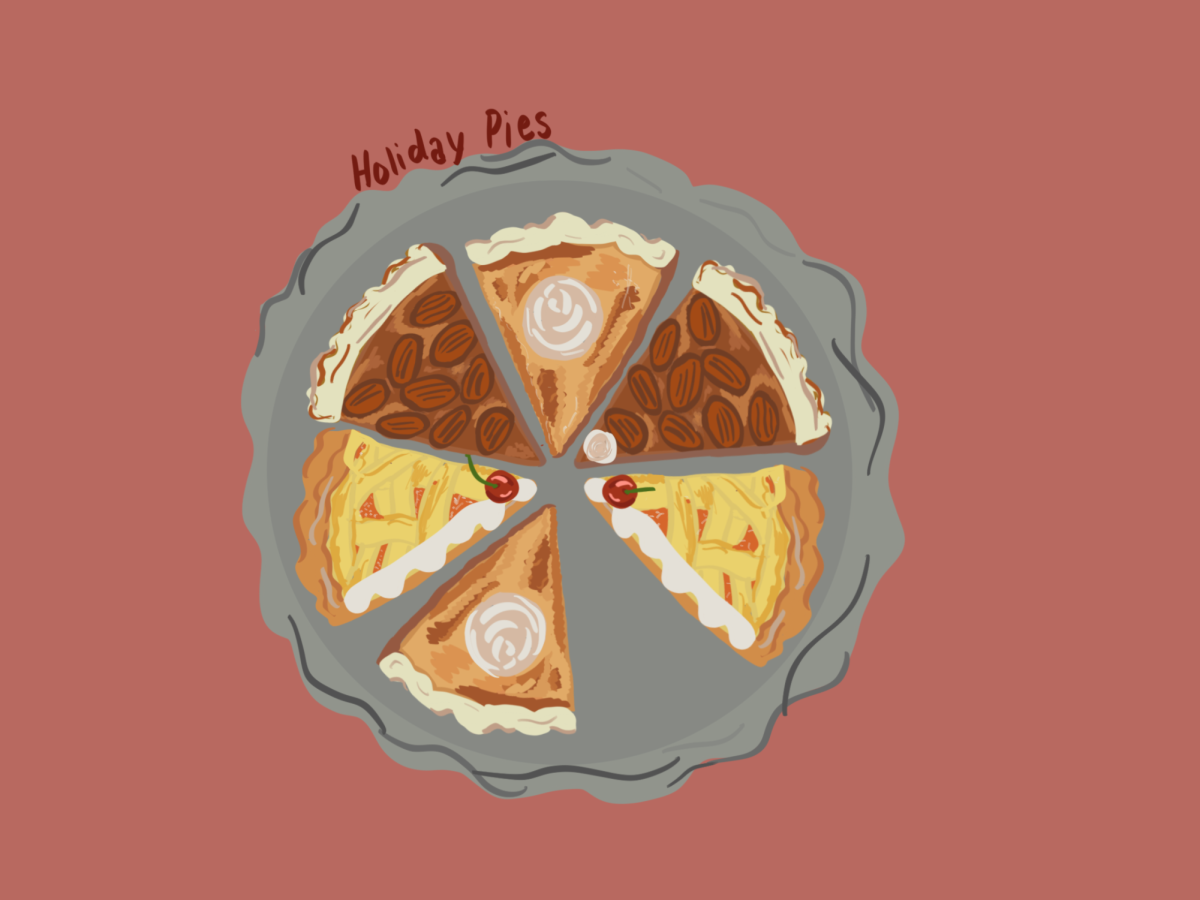For some, Saint Patrick’s day is a time to wear green, go to parades, call themselves Irish and an excuse to day drink; however, it is actually a holiday with deep history in both Catholicism and Irish history.
Saint Patrick, also known as Padraig in Gaelic, was born in Roman Britain and was brought to Ireland as a slave around 399 Common Era. He escaped Ireland because he had a dream in which God told him to leave Ireland. When he returned to Britain, he became an ordained priest, then became a bishop. In 432 C.E, he returned to Ireland, bringing Catholicism with him. He died on March 17. 461 C.E, and to honor him a feast day was made on his death date. After his death, he became canonized and became known as the patron saint of Ireland.
St. Patrick is credited for eradicating paganism in Ireland. In one popular fable, it is said that St. Patrick stood on top of a hill and banished all of the snakes from Ireland. The snakes are a metaphor for the pagans and how he converted them to Catholicism. It was not until 200 years after his death that Ireland officially became a Christian country. Today, Catholicism is still the majority religion in Ireland.
The holiday did not become what it is today until a large number of Irish people immigrated to America in the late 1800s and early 1900s. It went from a religious feast to a celebration detached from most of its religious connotations. The meal associated with the holiday, corned beef and cabbage, was not actually eaten during the feast celebrations in Ireland. For Irish Americans, corned beef and cabbage was a cheap and easy way to celebrate the holiday, as many who had recently immigrated had little money. As the years passed, celebrations of the holiday in Ireland have adapted the American ways and celebrations. The color green was not always the color that people connected to the holiday. Blue was the original color associated with St. Patrick, as blue was the color Irish used to depict sovereignty in. The color green did not become connected until the Irish independence movement, when green became a symbol of identity for the Irish.
Though, many of today’s symbols associated with the holiday differ from what was traditionally associated with the holiday. Some symbols used by St. Patrick himself are still associated with the holiday today. For example the shamrock is associated with a common legend that St. Patrick used a shamrock to explain the holy trinity to a non-believer, saying that the three leaved plant was proof that the holy trinity existed. Another symbol still associated with the holiday is the celtic cross. In a legend about St. Patrick, it mentions that he merged a pagan sun circle symbol with the standard cross, making the celtic cross. St. Patricks influence in the holiday can still be seen today with the use of these symbols.
The original St. Patrick’s day is vastly different from today’s celebration of the holiday. It went from a holy feast day to the secular celebration that we know it as today. It has become a day to celebrate Irish culture and identity, even if it is not fully accurate to the day’s origin.














